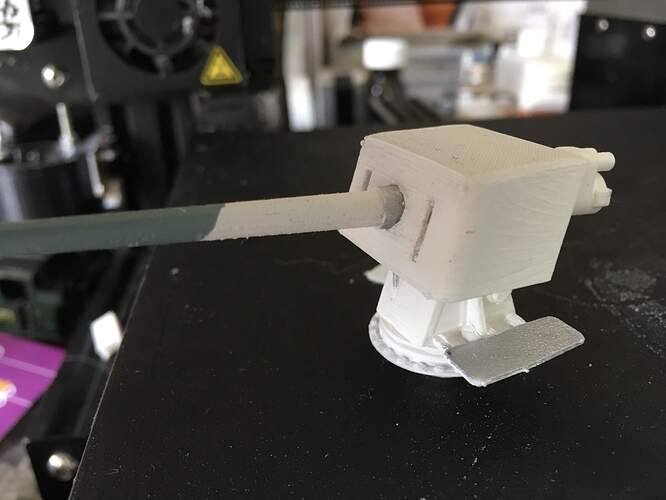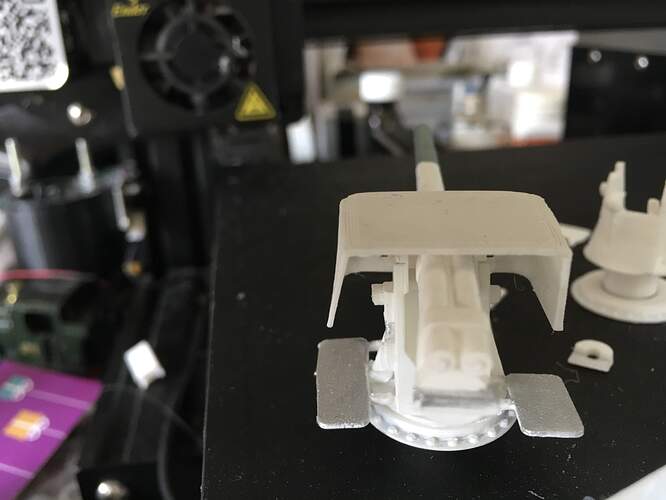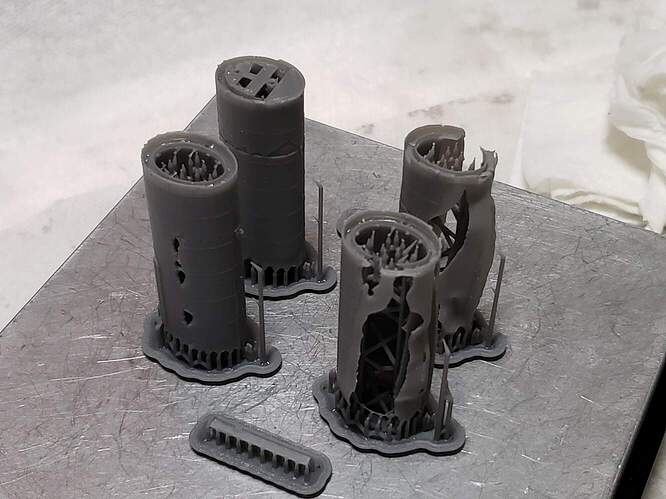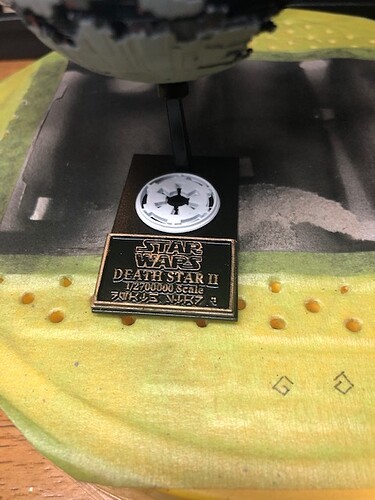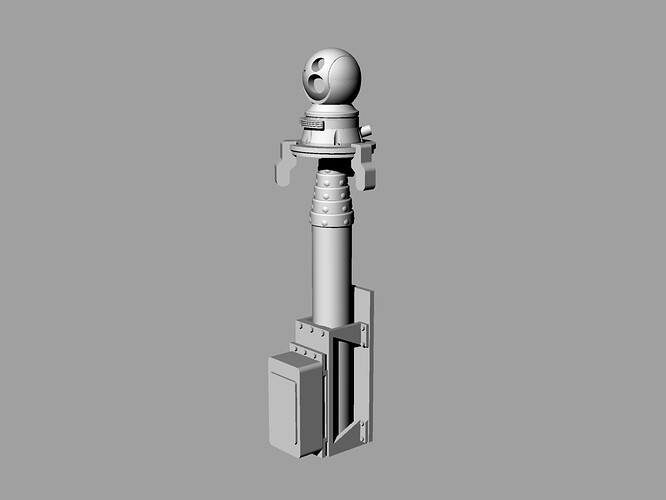All good points.
Regarding support placement, there’s both an art and a science to it. Support placement is done first with sophisticated software based on complex mathematical equations that identify where supports are needed (that’s the science). The designer can then tweak the contact point locations a bit but not much. (That’s the art).
If you would like to see how your specific 3D models would be supported in an SLA printer, you can download the software Formlabs printers use for free. The software is called “PreForm”. Open your *.stl file in the software and have it “autogenerate” supports. You can change the model’s orientation and adjust support placement manually. Link: Formlabs Software
Other printer manufacturers are likely to have their own proprietary software matched to their printer and their resin. This is key: the software should match the printer.
To get the best results and balance the needs of the modeler with the limitations of the printer, the designer must understand the model, appreciate the modeler who will be removing the supports, and understand the limitations of the specific 3D printer. A modeler unfamiliar with the printer would certainly design too few supports to create a printable model. A printing company unfamiliar with the model is likely to orient the model in such a way that the software will place supports in locations difficult for the modeler to remove.
If there are too few supports, portions of the model won’t form or worse, the model can break up during printing. When a model breaks up during printing in an SLA 3D printer, the broken pieces can be forced through the elastic layer at the bottom of the resin tank. The resin tank has a thin membrane at the bottom that permits laser light to pass through it into the liquid resin. That membrane is called the “elastic layer”. The elastic layer is easily damaged and easily punctured. If a broken piece of the model punctures the elastic layer, the resin in the tank will leak into the printer damaging the printer. A significant resin leak can even destroy a printer. Go to any 3D printer manufacturer’s forums and see for yourself the panicked resin leak posts. The responses are typically not any more helpful than “sucks to be you”.
This is why printer operators/owners require a proper support array and don’t leave that task to anyone unfamiliar with the actual printer and its requirements and limitations. A support array that protects the printer from damage trumps any other consideration, every time, hands down.
Typically, after the software places the initial supports and I tweak locations based on my experience with the printer, I add more supports. This is because sad experience has taught me that more supports, not fewer, achieve better accuracy and smoother surfaces. I understand that from the customer’s perspective, more supports is undesirable. However, accuracy and smoothness are the ultimate goals.
In addition to design problems like insufficient supports, models can fail to print properly for many reasons. In an SLA printer, the path the laser light follows to the liquid resin must be clear, clean, and free from obstructions. This “optical path” needs periodic inspection and cleaning. Some 3D printers use micro-LEDs which emit UV light (e.g. B9 Core 550). My printers use electro-controlled mirrors to direct laser-emitted UV light. A smudge on a mirror can result in a failed print. Here’s how a set of 1/350 Titanic funnels printed when a mirror became smudged:
An experienced printer owner can look at damage like that and instantly recognize that the models’ damage is characteristic of a fouled optical path. It is not related to insufficient support placement. In this case, the mirror cleaning took less than a half hour and the printer resumed working perfectly. All that was lost was time and resin.
![]()
